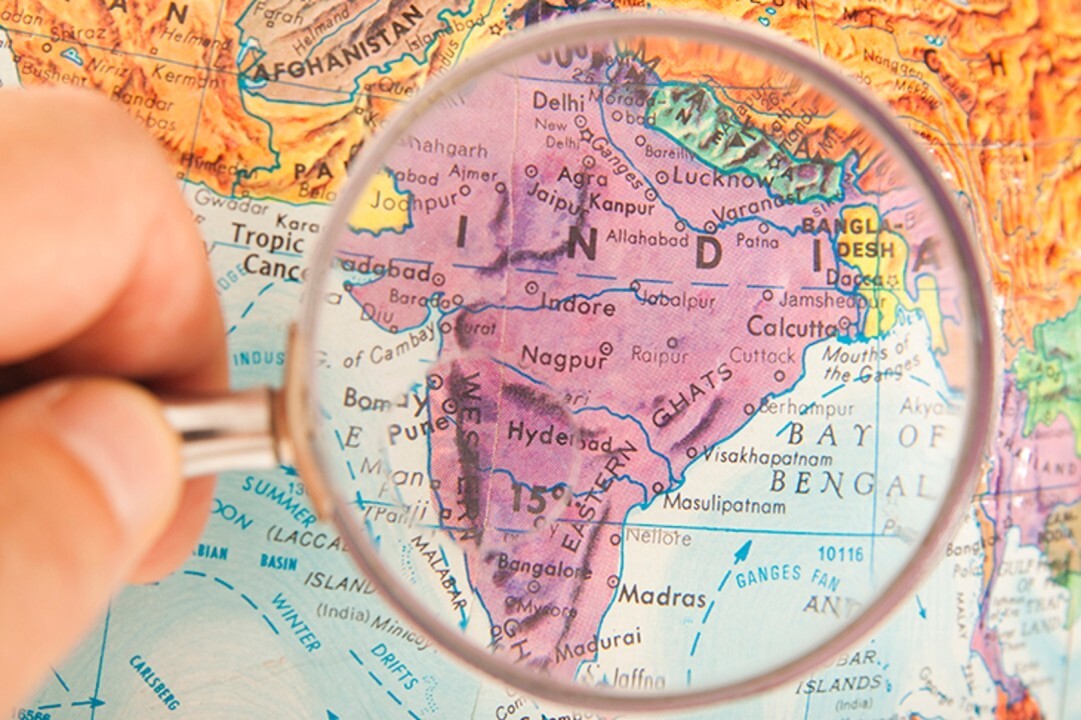India and its Neighbourhood
In News:Shyam Saran writes: Why political uncertainty in Sri Lanka may not mean it draws away from India
Critically analyse the challenges faced by India’s Neighbourhood First Policy, considering the challenges posed by political and security developments in its neighbouring countries. How can India effectively navigate these complexities to enhance regional stability and counter external influences?
India’s Neighbourhood First policy, aimed at strengthening ties with its immediate neighbours, has faced significant challenges due to various political and security developments across its neighbouring countries.
Key issues include:
- Sri Lanka: The election of Anura Kumara Dissanayake and the rise of the National People’s Power (NPP) may disrupt ongoing economic projects, particularly those involving Indian investments
- Pakistan: The resurgence of cross-border terrorism poses a direct threat to India’s national security, complicating diplomatic relations and counter-terrorism efforts.
- Nepal: The return of K P Oli as Prime Minister raises concerns about deteriorating bilateral relations, as his previous tenure was marked by increased tension with India.
- Bangladesh: The anti-government movements against Sheikh Hasina’s administration have led to widespread resentment towards India, as it is perceived to be complicit in her policies, further complicating India’s diplomatic standing in the region.
- Maldives: A hostile regime has tested India’s diplomatic strategies, indicating a shift in regional dynamics that could undermine India’s influence.
- Regional security concerns:The interconnected crises in India’s eastern neighbours—Manipur’s ethnic conflict, Myanmar’s civil war, and Bangladesh’s instability—pose a significant risk of regional volatility.
- Maritime challenges:India faces growing challenges in the southern maritime domain due to tensions in the Maldives and Sri Lanka, exacerbated by increasing Chinese influence.
- Chinese influence: China’s growing presence in the region, particularly through initiatives like the Belt and Road Initiative (BRI), allows neighbouring countries to leverage their relationships with China against India, further complicating India’s strategic position.
- Implementation challenges: Delays in India’s Line of Credit projects and inadequate border infrastructure hinder effective engagement and contribute to mistrust among neighbours.
To navigate these challenges and enhance regional stability, India can:
- Engaging diverse political entities: India should broaden its outreach beyond ruling parties to include opposition groups and civil society, particularly in countries like Bangladesh where anti-Indian sentiments are rising.
- Comprehensive neighbourhood strategy: A cohesive strategy that considers each neighbour’s unique context is essential. This includes leveraging economic interdependence and addressing regional challenges collaboratively.
- Strengthening economic ties: Enhance economic cooperation and protect investments in neighbouring countries to foster goodwill and stability..
- Countering Chinese influence: Developing strategic partnerships with regional allies and investing in infrastructure projects that can compete with Chinese initiatives.
- Improving border security: Enhancing border infrastructure and security measures to address illegal migration and cross-border terrorism effectively.
While there are significant challenges facing India’s Neighbourhood First Policy, opportunities exist for recalibrating relationships through strategic engagement and cooperation.
| PYQ: Discuss the political developments in Maldives in the last two years. Should they be of any cause of concern to India? 2013What is meant by Gujral doctrine? Does it have any relevance today? Discuss. 2013‘China is using its economic relations and positive trade surplus as tools to develop potential military power status in Asia’, In the light of this statement, discuss its impact on India as her neighbor.2017India is an age-old friend of Sri Lanka.’ Discuss India’s role in the recent crisis in Sri Lanka the light of the preceding statement.2022 |

